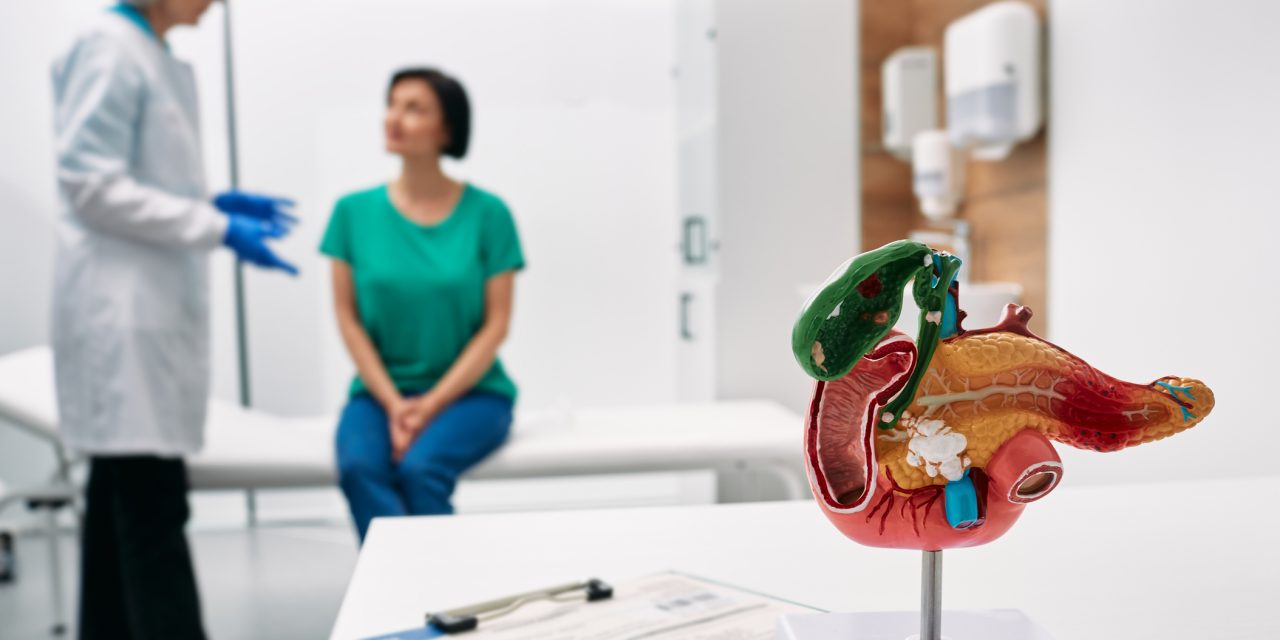Only a few large-scale studies have examined the care gap in Japan. The present study aims to examine the care gap for secondary fracture prevention.
Changes in the rates of bone mineral density testing (test rate) and osteoporosis pharmacotherapy administration (treatment rate) before and after hip and vertebral fracture registration were examined based on medical insurance data from the medical care system for elderly individuals in Hokkaido, Japan, issued from July 2013 to December 2018.
The hip fracture group comprised 18,258 women and 4162 men, whereas the vertebral fracture group comprised 34,907 women and 9958 men. Test rates were 0.2% and 1.4% prior to fracture registration (pre-registration) and 19.9% and 40.5% after fracture registration (post-registration) in the hip and vertebral fracture groups, respectively. Moreover, pre-registration treatment rates were 18.3% and 28.2% and post-registration rates were 32.7% and 61.0% in the hip and vertebral fracture groups, respectively. The vertebral fracture group had a significantly higher post-registration test and treatment rates than the hip fracture group. Moreover, the post-registration test and treatment rates in the hip fracture group tended to increase over the years. Both fracture groups showed a tendency for decreased post-registration test and treatment rates as age increased, with lower rates observed among men.
Test and treatment rates after hip fracture registration remain lower compared with those after vertebral fracture registration. To bridge the care gap following fractures, medical professionals need better awareness regarding osteoporosis treatment for hip fractures among elderly individuals and males.
Insufficient increase in bone mineral density testing rates and pharmacotherapy after hip fracture in Japan.


